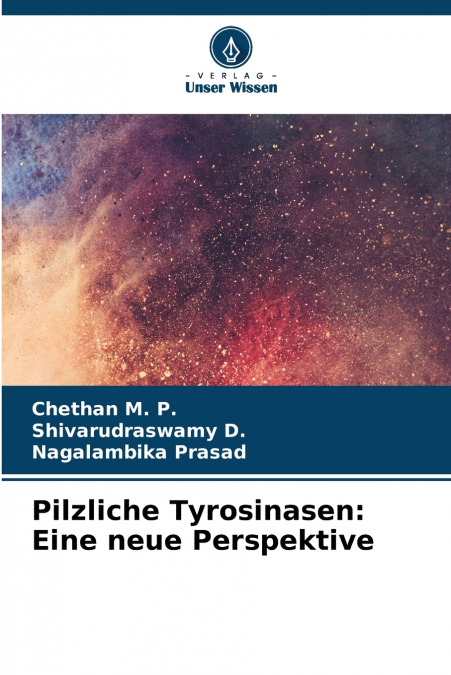
Chethan M. P. / Nagalambika Prasad / Shivarudraswamy D.
Tyrosinasen (Monophenol-, Di-Phenol-Sauerstoffoxidoreduktase, EC (1.14.18.1) sind kupferhaltige Enzyme, die die o-Hydroxylierung von Monophenolen und sogar die anschließende Oxidation von Di-Phenolen zu Chinonen katalysieren. Diese Enzyme sind an der Pigmentierung beteiligt und spielen eine wichtige Rolle bei der Wundheilung und der primären Immunantwort. Tyrosinasen kommen in eukaryotischen und prokaryotischen Mikroorganismen, in wirbellosen Tieren, Säugetieren und Pflanzen vor. Fusarium gehört zur Familie der Nectriaceae und ist eine der wichtigsten Gattungen der Ordnung der Hypocreales, was auf die große Anzahl von Arten und deren praktische Bedeutung zurückzuführen ist. In Pilzen sind Tyrosinasen im Wesentlichen an der Bildung und Stabilität von Sporen, an Abwehr- und Schärfungsmechanismen sowie an der Bräunung und Sättigung beteiligt. Erstmals aus dem Speisepilz Agaricus bisporus wegen unerwünschter enzymatischer Bräunungsprobleme während der Nachernte-Lagerung charakterisiert, wurden Tyrosinasen in jüngerer Zeit in mehreren anderen Pilzen eingeführt, wobei relative Einblicke in molekulare und vererbbare Eigenschaften und in Reaktionsmechanismen gewonnen wurden, die auf ihre vielversprechenden Eigenschaften für biotechnologische Operationen hinweisen.